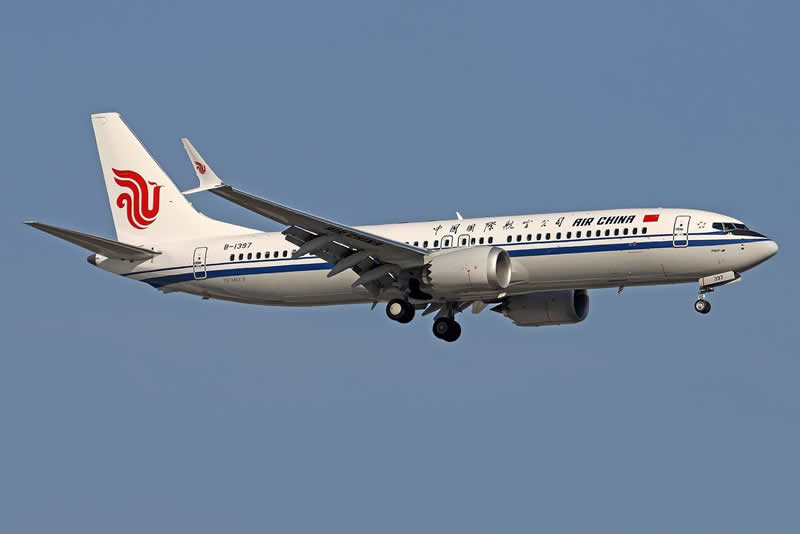Current Location:Home > TEACH ABROAD IN CHINA GUIDE > WORK & LIVING TIPS > Transportation in China

Current Location:Home > TEACH ABROAD IN CHINA GUIDE > WORK & LIVING TIPS > Transportation in China
source:Teach Abroad time:2018-11-16 09:37:16 read:5349
China currently has a comprehensive system of modern transportation, which includes civil aviation, railway, road traffic, and water transportation. As transportation in China becomes more accessible and more reliable, it is also becoming more technologically advanced. Modern modes of transportation such as express highways, electrified railroads, metros, light railways, and maglev railways are becoming increasingly common, especially in larger cities.
Getting Around Cities
Taxi
Taxis are a convenient means of transportation in various cities in China, with fares ranging from 1 to 2 yuan per km. Simply raise your hand, and a taxi appears in no time. But you’d better choose a taxi with a business permit, and before you disembark from a taxi ride, ask the driver for a receipt.
Subway
Subways are another convenient means of transportation for those traveling in downtown. So far subways are available in four Chinese cities: Beijing, Shanghai, Guangzhou, and Tianjin.
Bicycle
Getting around on a bicycle is an easy and effective way to get to and from your school and around your local city. Bicycles can usually be bought locally for very cheap.
China Bicycle Tips:
1.Despite the convenience of cycling, take care when you are on your bike mainly because of China’s congested traffic conditions.
2.Helmets can be difficult to find in China as most people do not use them.
3.Cycling at night should be avoided as few Chinese bikes are equipped with lights.
4.All the vehicles in China run to the right hand side of the road. Most streets or roads in cities have appropriative lanes respectively for motorized and non-motorized vehicles, but in some narrow streets, motorized and non-motorized vehicles run in the same traffic lane. When you are riding a bicycle, be sure to keep to the right hand side of the road. While riding on roads that distinguish between motorized and non-motorized traffic, remember to ride in the non-motorized lane. Red lights require you to stop behind the white line, and green lights mean you can go. And bear in mind that it’s best to try to avoid the rush hours between 7-8am and 5-6pm.

Soft Sleeper – There are four bunks in a compartment which has a door for privacy. Each bunk will have a blanket and pillow. Toilets are at the end of the carriage and may be a western toilet however they may not always be clean as they are used by people from other carriages. No toilet paper is provided in the bathrooms.

©Echo Education | Teach English ABroad | Legal declaration| Privacy policy| Foreign Affairs Service| English For Kids| English Teacher